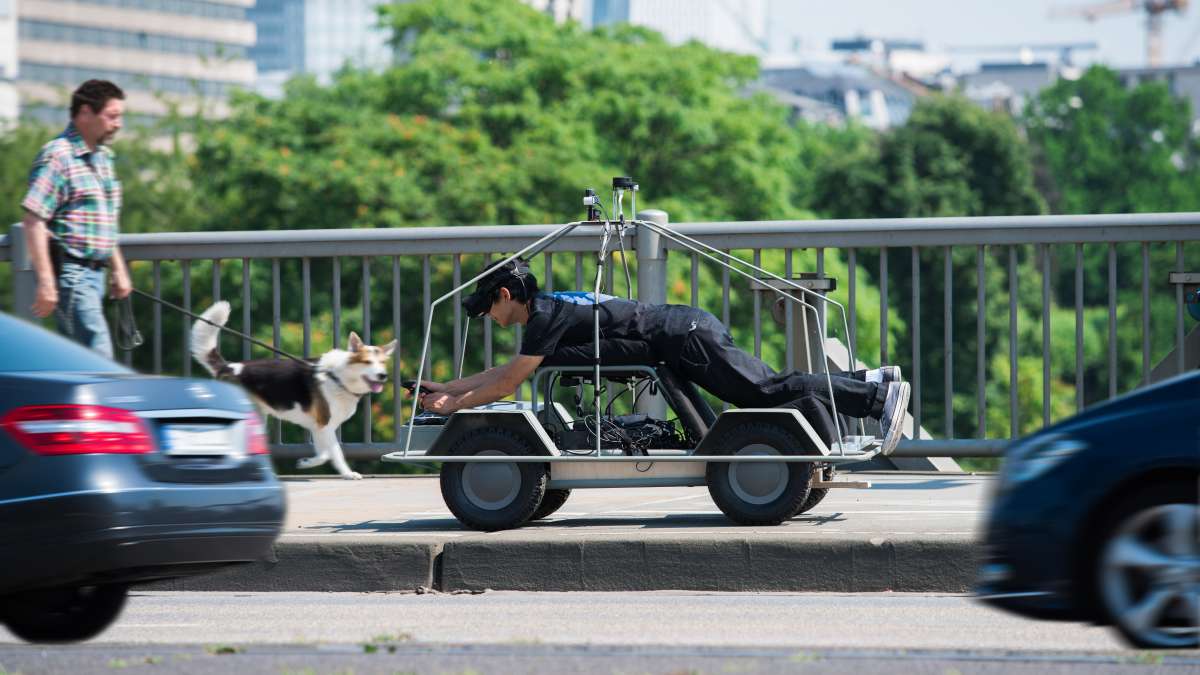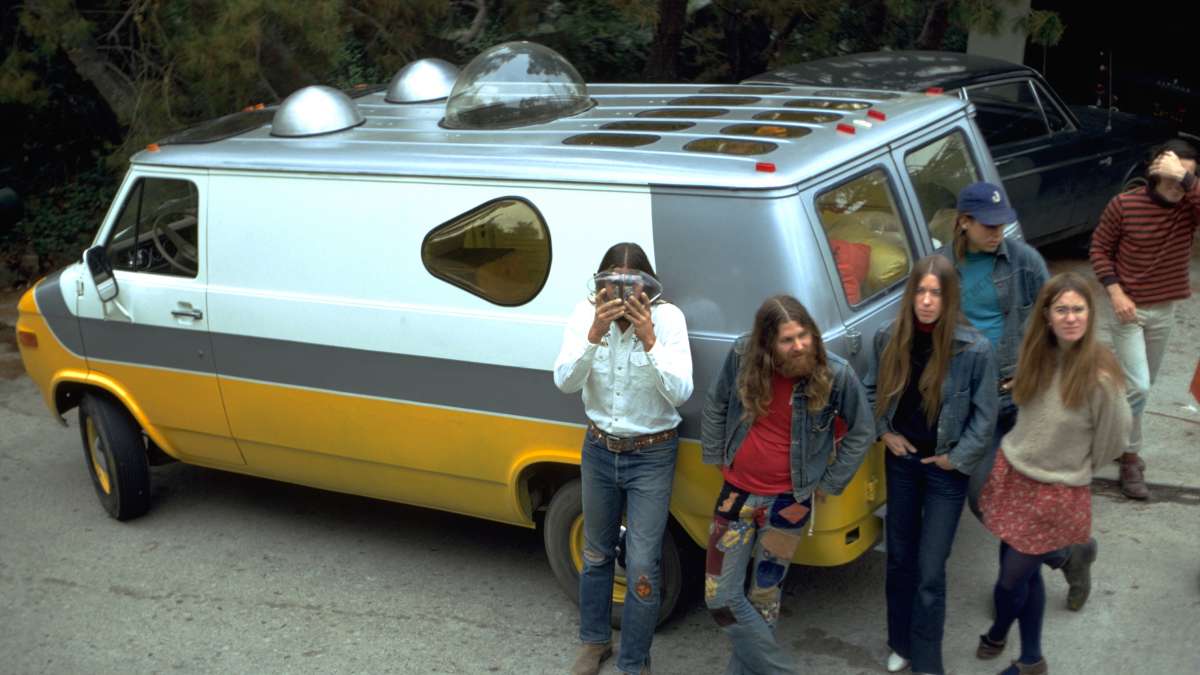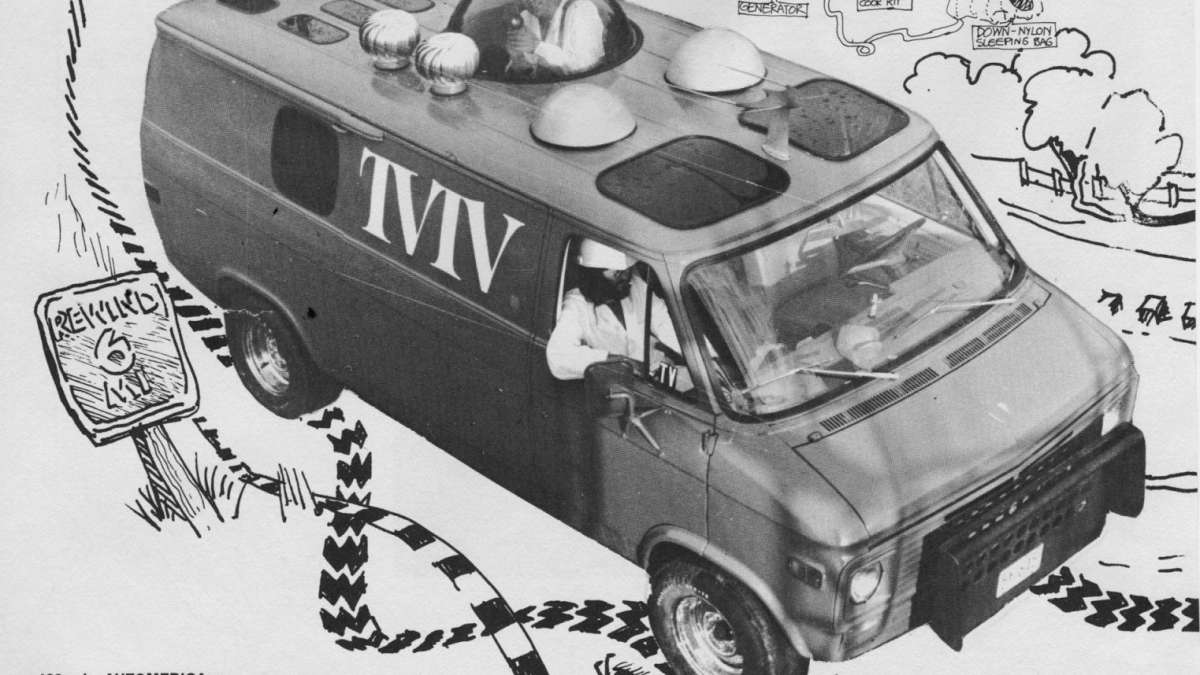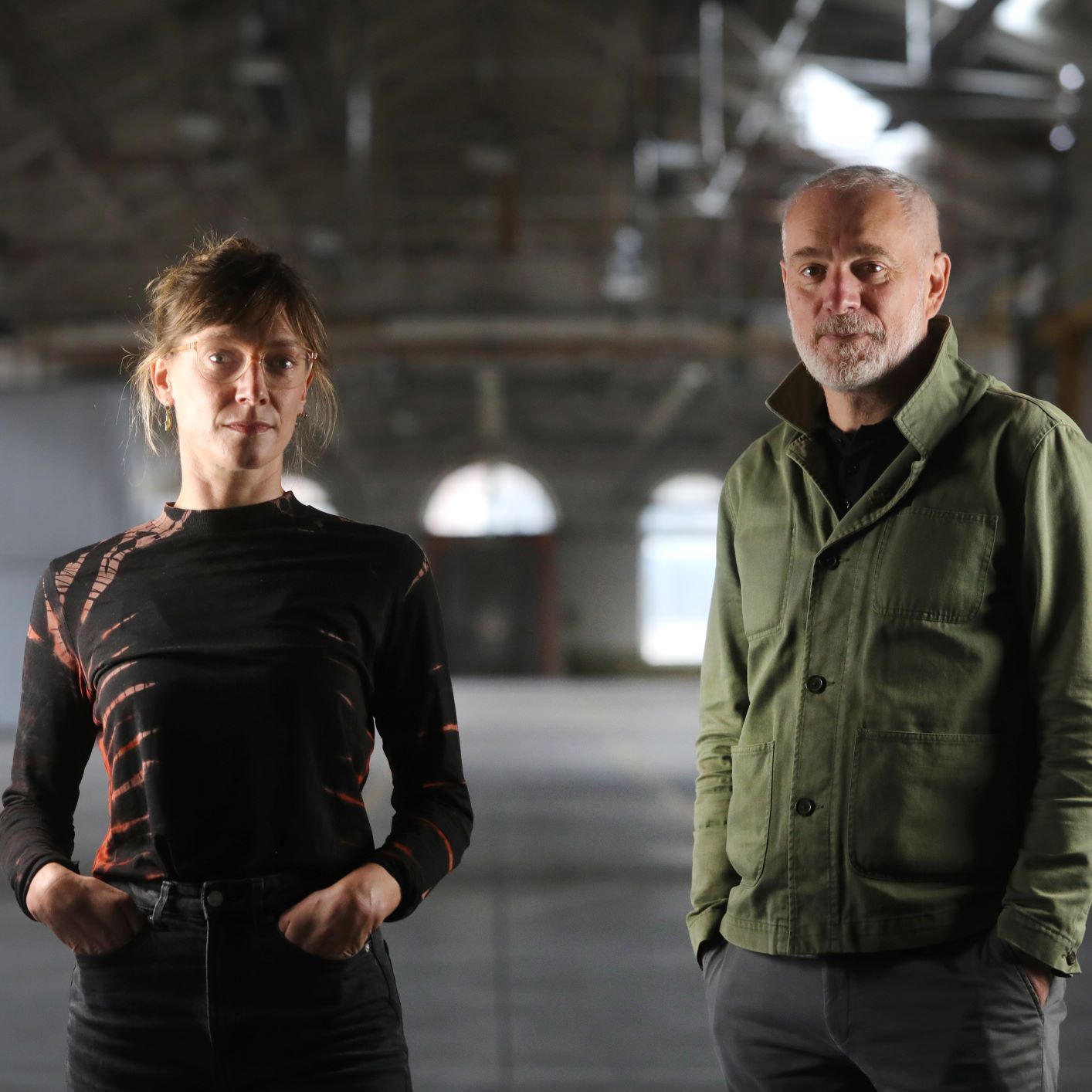
Autofiction
A biography of the car-object
Exhibition 6 april - 31 julyAutofiction, an exhibition-documentary in four parts takes the time to stop and examine one object, the car. While individual's desire for mobility keeps on growing (the number of cars on earth passed the 1.2 billion mark in 2020), profound aspirations are springing up all over the place to change the way we consume, our relationship with our resources and our political and social standpoints.
That being the case, how can we reconcile a deeply rooted culture of mobility with new existential aspirations? How has the car become the object that stands for our desires and our difficulty in taking another path? How are designers taking this situation on board?
We are faced with different possible scenarios, different bifurcations. Between the economical vehicle and the autonomous vehicle, between the radical end of the private car and the multiple new forms of collective transport: what to choose? How to weigh the pros and cons?
What will the social, political, technical and environmental impacts of each of these choices be?
And beyond that: will we have to reform production systems, infrastructures and in fine the car itself?
Automotive design is changing. The manufacturers are now taking an interest in global mobility, shaken out of their comfort zone by the Californian and Chinese tech giants, who are proposing new mobility services, and by amateur collectives and citizens who are experimenting, tinkering and participating in developing new imagined scenarios and fictions for mobility.
Visitors will discover a composite landscape made up of objects and documentary images, placed in perspective, producing original assemblies that invite the visitor to reflect on the place the car takes up in our lives. Objective: to use the cultural viewpoint of design to try and find the keys to enabling us to bring individual contributions to this major technical and societal controversy embodied by the car.
Some of the major pieces:
• Vehicles that have come out recently or that are in development, which claim to change the way we use the car: services, lending, sharing, reduced speed, etc. E.g. Citroën's AMI One.
• A closer look at the autonomous vehicle, an innovation that reveals itself to be the next step in the history of the car, revolutionised by new technologies: the algorithm in the service of mobility.
• New forms of technical democracy that are opening up the debate on the car and its pre-emption of our resources by ordinary citizens in Lubumbashi (Democratic Republic of the Congo) or Brunswick (Germany).


Olivier Peyricot is a designer and has been director of the research and research publishing at the Cité du design in Saint-Étienne since 2014.
He is also scientific director of the 10th and 12th editions of the Biennale Internationale Design Saint-Étienne.
He is represented by Galerie Mercier&Associés (Paris) for his most experimental work, which is on display at MoMA, the Fonds National d’Art Contemporain (FNAC), the VIA and the Centre Pompidou.
Anne Chaniolleau is a playwright. She has worked in particular with artists Pauline Curnier Jardin, Fabien Giraud, Raphaël Siboni and Nick Devereux, as well as with the Encyclopédie de la Parole au théâtre. Since 2004, she has worked with Olivier Peyricot on a variety of design projects and participated in different publications. In 2017, she worked with him on the scientific directorship of the 10th Biennale Internationale Design de Saint-Étienne.












